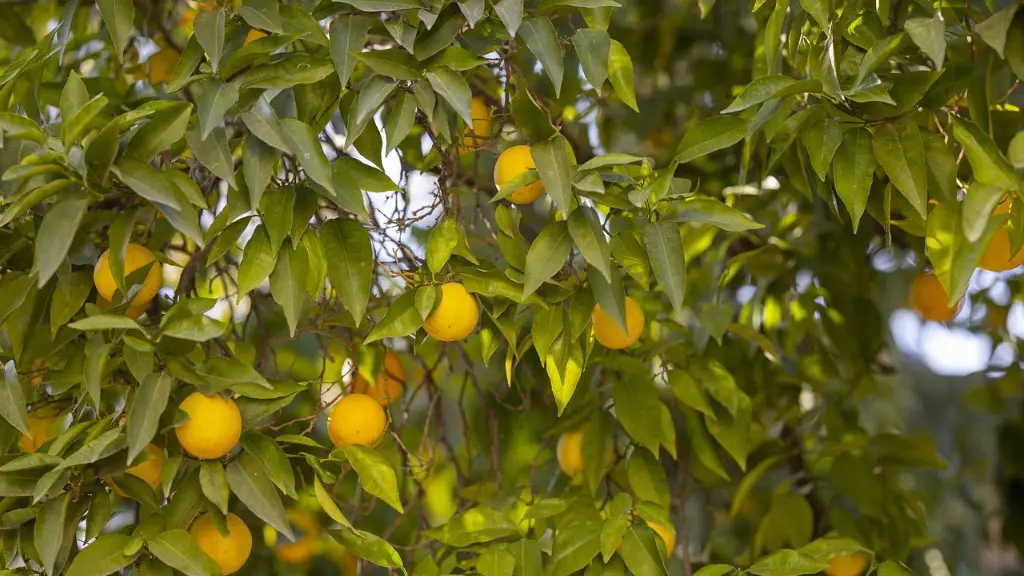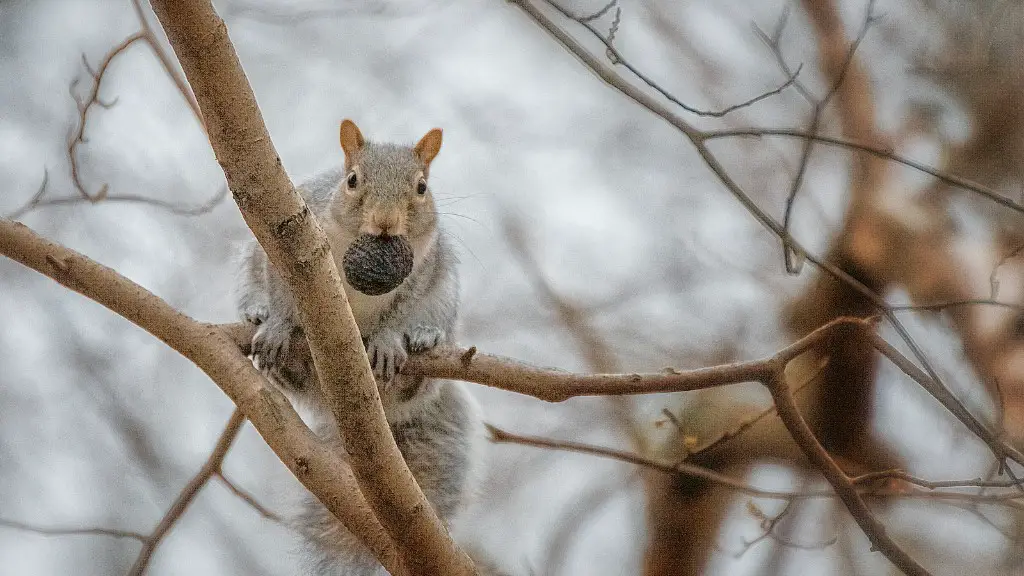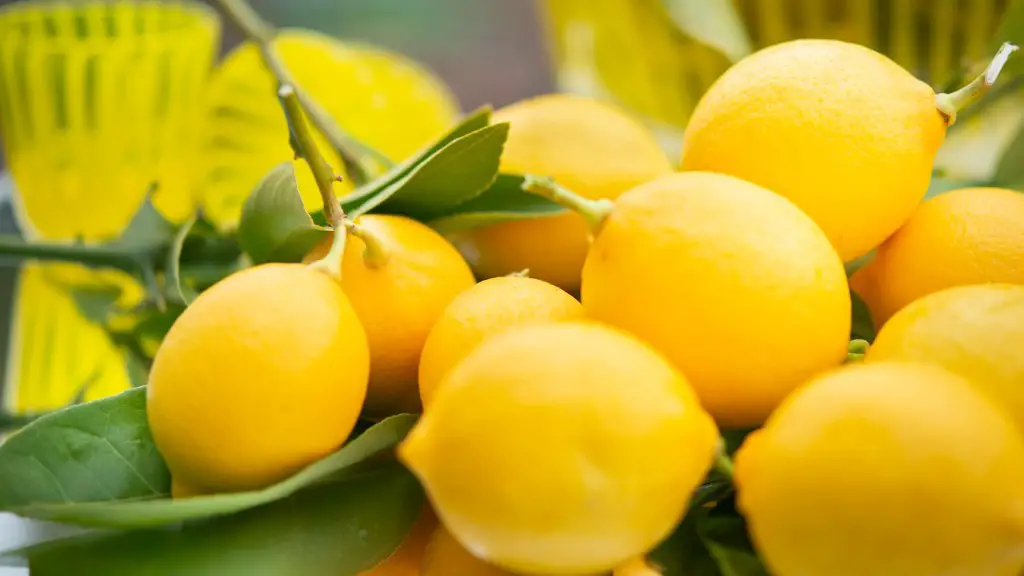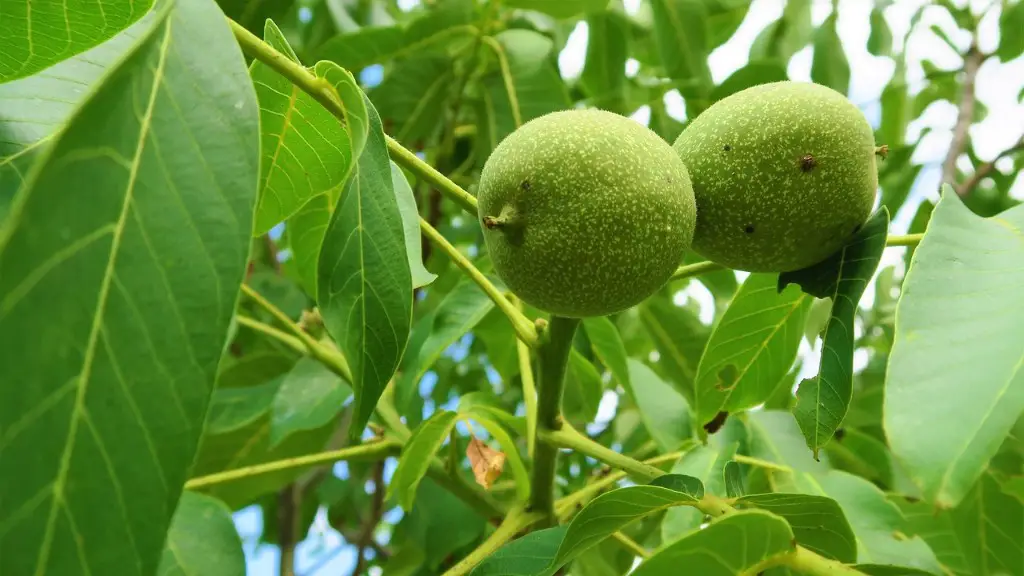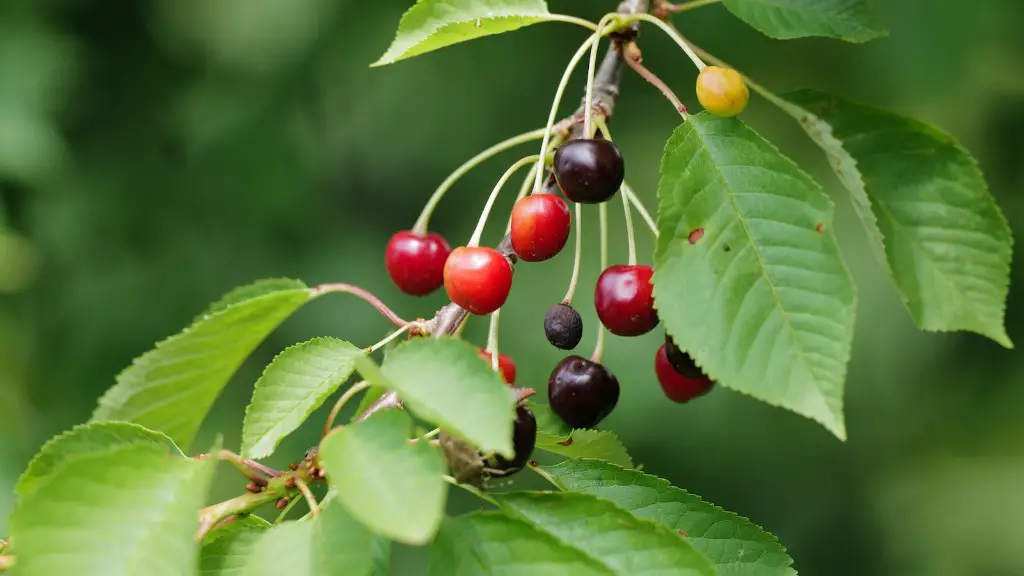Taking care of a lemon tree indoors requires commitment, but if done correctly, it can yield a rewarding harvest of lemons. Start by selecting a good-quality lemon tree from a reputable seller; its foliage should be thick, green and glossy. Lemon trees prefer warm, bright environments, so find an area inside your home or apartment that receives an adequate amount of sunlight, ideally six to nine hours per day. The tree needs to receive this amount of light evenly on both sides.
Ensure the pot has adequate drainage and place it in an area away from heaters and drafts. Water your lemon tree as needed, but don’t overwater; the soil should be dry between waterings. If the potting soil’s pH is off, you may need to adjust it periodically; you can use a commercial pH tester to do this.
Feed your lemon tree an organic fertilizer at least once a month; these are available in a variety of forms, including granules and sprays. Prune your lemon tree as needed to remove any dead, diseased or crowded growth.
Check the lemon tree’s foliage regularly for signs of pests and diseases, such as wilting, yellowing or curling. Treat any problems promptly with insecticidal soap or fungicide. Put a layer of mulch around the base of the tree to help retain moisture and to ward off weeds.
It’s important not to move the tree around too much; if necessary, do it gradually and with care. If your tree grows too tall or crowded, you may need to prune it selectively and/or repot it in a larger container.
Feeding the Lemon Tree
Feeding the lemon tree is essential for healthy, fruiting lemons. Fertilize in spring, summer and autumn with a balanced fertilizer high in nitrogen and potassium, as these are essential for growth and reproduction. Do not fertilize in winter, as this can cause the tree to grow when it should be sleeping. Feeding too much can cause the same problem, so be careful to follow the directions on the packet.
If the leaves show signs of yellowing, a lack of iron or magnesium might be to blame. Apply iron chelate and magnesium sulfate to the soil in the spring, when the leaves are lusher and greener. Do not apply them at other times, and never combine them in the same application.
Areas natural in these trace elements, such as those with a lot of rock and hummus, do not need to add it. Furthermore, wetting the foliage can cause it to turn yellow over time, so avoid marking them with fertilizer or water as far as possible.
If the yellowing persists, a soil test may be necessary to determine the cause. Alternatively, apply a general-purpose liquid or granular fertilizer or one formulated for citrus. Always apply according to label directions and with caution, as too much can damage the lemon tree.
Finally, mulching around the base of the tree is important for helping hold in moisture, reducing weeds and limiting water runoff. Make sure not to apply too thick a layer, as smothering will also damage the tree.
Watering the Lemon Tree
Watering is an important part of tending a lemon tree indoors. Lemon trees do not like to sit in soggy soil, nor do they like to dry out entirely. To find the right balance, feel the soil and make sure it’s damp but not soggy. Give the tree a deep drink of water when the top inch is dry.
Water your lemon tree with lukewarm, chlorine-free water as it’s more preferable than cold water. Avoid using softened or tap water as it can cause mineral buildup and damage the roots. A good rule of thumb is to give the tree a cup of water per gallon of soil in the pot.
Watering your tree too much can cause the leaves to turn yellow and fall off. This can be a result of water-logged roots or from a condition called oxygen deprivation, so avoid oversaturating the soil. If yellowing persists, it’s time to repot the tree in fresh soil.
When watering, take the time to inspect the leaves for insect pests and related damage. If you spot something, treat the problem with an insecticide. Reapply the insecticide after a few days and continue to inspect the foliage regularly.
If you’re growing a citrus in a pot or container, it’s important that it has adequate drainage. Place a few stone or gravel in the bottom of the pot before adding soil. Alternatively, make your own potting mix by combining two parts general-purpose compost, one part soil and one part peat.
Finally, pay attention to your water-sources. If your water has a high level of chlorine or other chemicals, consider switching to rainwater or filtered water in order to preserve the health of your lemon tree.
Prune the Lemon Tree
Pruning is an essential part of caring for a lemon tree indoors. Pruning helps to keep the tree at a manageable size, as well as reducing competition so that the tree’s resources can be focused on producing lemons.
Pruning also helps to shape the tree so it looks aesthetically pleasing. To start, gather the right tools, such as bypass pruners, loppers and a pruning saw.
Remove any dead, diseased and crowded growth to open up the tree’s canopy, allowing for more airflow. Remove about a quarter of the tree’s branches and shoots every year and trim back any long, tangled branches.
Prune after your lemon tree has finished flowering and fruiting. Aim to prune back the branches to about one-third their original length. Never remove more than one-third of the tree’s branches in one go, and take the time to pay attention to the angle and direction of the pruning.
When working around the tree, make sure not to damage the bark. Pruning too close may cause the bark to split and invite diseases, so take your time and wear gloves.
Finally, don’t prune too late in the year. Pruning after the autumn can leave the tree vulnerable to pests and diseases, so aim to complete the job before September.
Nutrient Deficiencies
Occasionally, a lemon tree may develop nutrient deficiencies. These can typically be identified by yellowing or discolored leaves. If this occurs, the pH of the soil may be off, so check it with a pH tester and adjust as needed.
Other nutrient deficiencies may be the result of inadequate root zone nutrition or water quality. If a soil test shows that the soil is deficient in iron or other minerals, add the missing minerals as recommended.
If your tap water is high in chlorine, switch to a rainwater or underground water source. Avoid using softened water, as it can be high in salt and cause damage to the tree.
Be aware that a nutrient deficiency may be caused by a pest or disease. Regularly inspect the lemon tree’s foliage for signs of infestations or related damage. If you spot signs of an infestation, treat the lemon tree with an insecticide or fungicide as soon as possible.
Finally, take note of how much fertilizer you’re giving the lemon tree. Too much fertilizer can cause the tree to produce fewer fruits, as it may force excessive growth when the tree should be focusing on producing fruit. Be sure to follow the directions on the packet when feeding your lemon tree.
Insect Pests
Insect pests can be a problem for indoor lemon trees. The most common include aphids, spider mites and mealybugs. These pests are attracted to the sweet-smelling aroma of the lemon tree and can soon settle on the tree’s foliage.
To spot an infestation, look out for small, yellow dots on the leaves. These could be a sign of mites, while aphids tend to leave tell-tale sticky residues on the tree’s leaves and branches. Mealybugs tend to form white cotton-like masses, which can damage the lemon tree’s growth.
Inspect your lemon tree’s foliage regularly and treat any problems promptly with insecticidal soap. If the infestation persists, use a natural pesticide or a systemic insecticide. Pay attention to the directions on the packet, as these products can be harmful if used incorrectly.
In severe cases, you may need to bring the tree outdoors and spray it with an insecticide or use a bug-vacuum. However, do this only as a last resort and with caution, as too much exposure to the elements can be damaging to the tree.
Finally, make sure you practice good gardening hygiene. Try to avoid bringing in any plant material into the home, and remove any pests you may find on other parts of the house.
